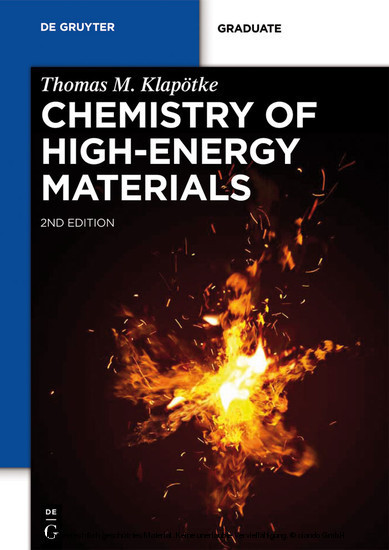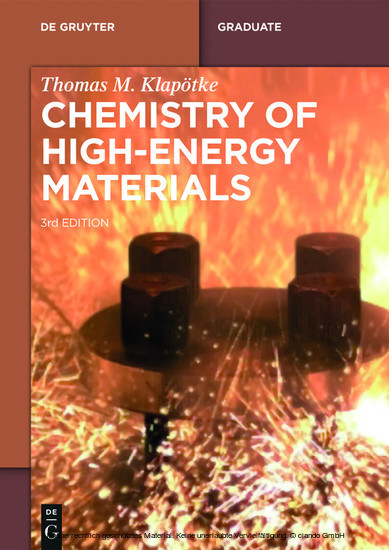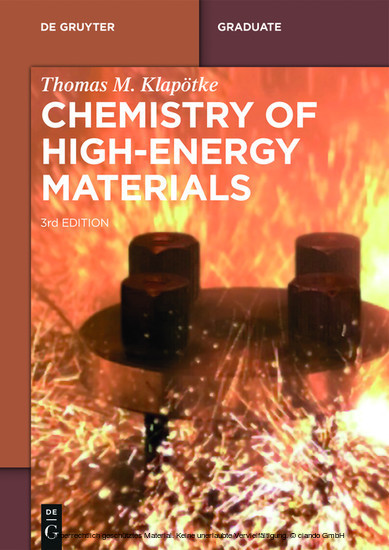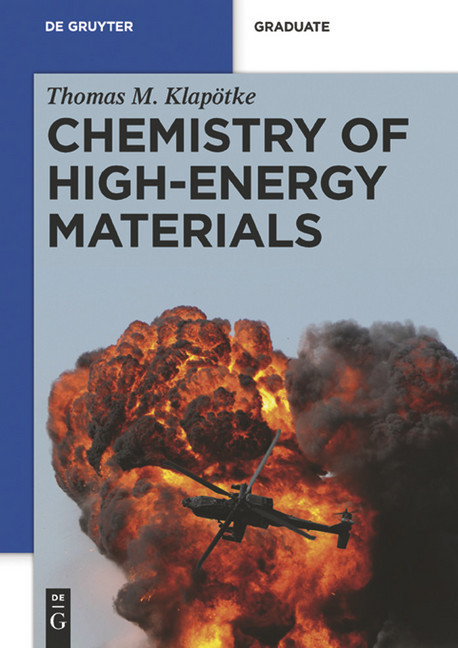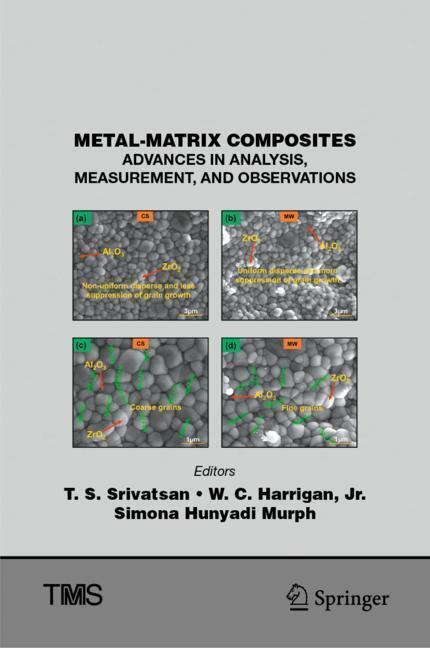Chemistry of High-Energy Materials
This graduate-level textbook in a new revised edition treats the basic chemistry of high energy materials - primary and secondary explosives, propellants, rocket fuel and pyrotechnics - andprovides a review of new research developments. Applications in both military and civil fields are discussed. The book also offers new insights into "green" chemistry requirements and strategies for military applications. This work should be of interest to advanced students in chemistry, materials science and engineering, as well as all those working indefense technology.
1;1 Introduction;13
1;1 Introduction;13
1.1;1.1 Historical Overview;13
1.2;1.2 New Developments;19
1.2.1;1.2.1 Polymer-Bonded Explosives;19
1.2.2;1.2.2 New High (Secondary) Explosives;21
1.2.3;1.2.3 New Primary Explosives;30
1.2.4;1.2.4 New Oxidizers for Solid Rocket Motors;33
1.3;1.3 Definitions;36
1.4;1.4 Combustion, Deflagration, Detonation - A Short Introduction;40
1.4.1;1.4.1 Fire and Combustion;40
1.4.2;1.4.2 Deflagration and Detonation;43
2;2 Classification of Energetic Materials;45
2.1;2.1 Primary Explosives;45
2.2;2.2 High (Secondary) Explosives;47
2.3;2.3 Propellant Charges;54
2.4;2.4 Rocket Propellants;56
2.4.1;2.4.1 Chemical Thermal Propulsion (CTP);67
2.5;2.5 Pyrotechnics;68
2.5.1;2.5.1 Detonators, Initiators, Delay Compositions and Heat-Generating Pyrotechnics;68
2.5.2;2.5.2 Light-Generating Pyrotechnics;71
2.5.3;2.5.3 Decoy Flares;77
2.5.4;2.5.4 Smoke Munitions;83
2.5.5;2.5.5 Near-Infrared (NIR) Compositions;89
3;3 Detonation, Detonation Velocity and Detonation Pressure;91
4;4 Thermodynamics;95
4.1;4.1 Theoretical Basis;95
4.2;4.2 Computational Methods;101
4.2.1;4.2.1 Thermodynamics;101
4.2.2;4.2.2 Detonation Parameters;104
4.2.3;4.2.3 Combustion Parameters;108
4.2.4;4.2.4 Example: Theoretical Evaluation of New Solid Rocket Propellants;113
4.2.5;4.2.5 Example: EXPLO5 Calculation of the Gun Propellant Properties of Single, Double and Triple Base Propellants;120
5;5 Initiation;123
6;6 Experimental Characterization of Explosives;127
6.1;6.1 Sensitivities;127
6.2;6.2 Long-Term Stabilities;132
6.3;6.3 Insensitive Munitions;134
6.4;6.4 Gap Test;136
6.5;6.5 Classification;137
7;7 Special Aspects of Explosives;141
7.1;7.1 Shaped Charges;141
7.2;7.2 Detonation Velocities;147
7.3;7.3 Gurney Model;152
7.3.1;7.3.1 Example: Calculation of the Gurney Velocity for a General Purpose Bomb;157
8;8 Correlation between the Electrostatic Potential and the Impact Sensitivity;159
8.1;8.1 Electrostatic Potentials;159
8.2;8.2 Volume-Based Sensitivities;162
9;9 Design of Novel Energetic Materials;165
9.1;9.1 Classification;165
9.2;9.2 Polynitrogen Compounds;167
9.3;9.3 High-Nitrogen Compounds;172
9.3.1;9.3.1 Tetrazole and Dinitramide Chemistry;173
9.3.2;9.3.2 Tetrazole, Tetrazine and Trinitroethyl Chemistry;180
9.3.3;9.3.3 Ionic Liquids;185
9.4;9.4 Dinitroguanidine Derivatives;189
9.5;9.5 Co-Crystallization;191
9.6;9.6 Future Energetics;192
10;10 Synthesis of Energetic Materials;197
10.1;10.1 Molecular Building Blocks;197
10.2;10.2 Nitration Reactions;198
10.3;10.3 Processing;203
11;11 Safe Handling of Energetic Materials in the Laboratory;205
11.1;11.1 General;205
11.2;11.2 Protective Equipment;206
11.3;11.3 Laboratory Equipment;208
12;12 Energetic Materials of the Future;211
13;13 Related Topics;217
13.1;13.1 Thermobaric Weapons;217
13.2;13.2 Agent Defeat Weapons;219
13.3;13.3 Nanothermites;221
13.3.1;13.3.1 Example: Iron Oxide/Aluminum Thermite;227
13.3.2;13.3.2 Example: Copper Oxide/Aluminum Thermite;228
13.3.3;13.3.3 Example: Molybdenum Trioxide/Aluminum Thermite;229
13.4;13.4 Homemade Explosives;230
14;14 Study Questions;231
15;15 Literature;235
16;16 Appendix;245
17;Index;259
Klapötke, Thomas M.
| ISBN | 9783110273595 |
|---|---|
| Artikelnummer | 9783110273595 |
| Medientyp | E-Book - PDF |
| Auflage | 2. Aufl. |
| Copyrightjahr | 2012 |
| Verlag | Walter de Gruyter GmbH & Co.KG |
| Umfang | 268 Seiten |
| Sprache | Englisch |
| Kopierschutz | Digitales Wasserzeichen |

